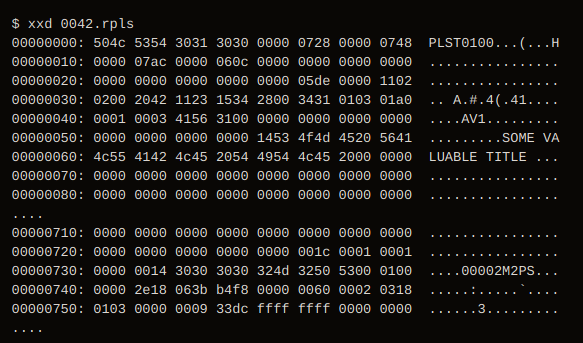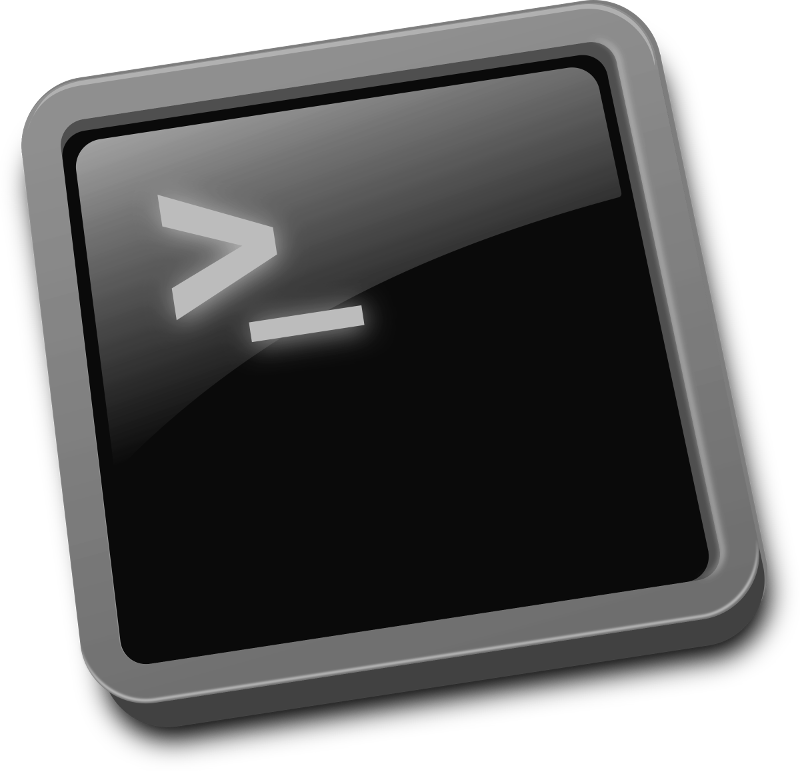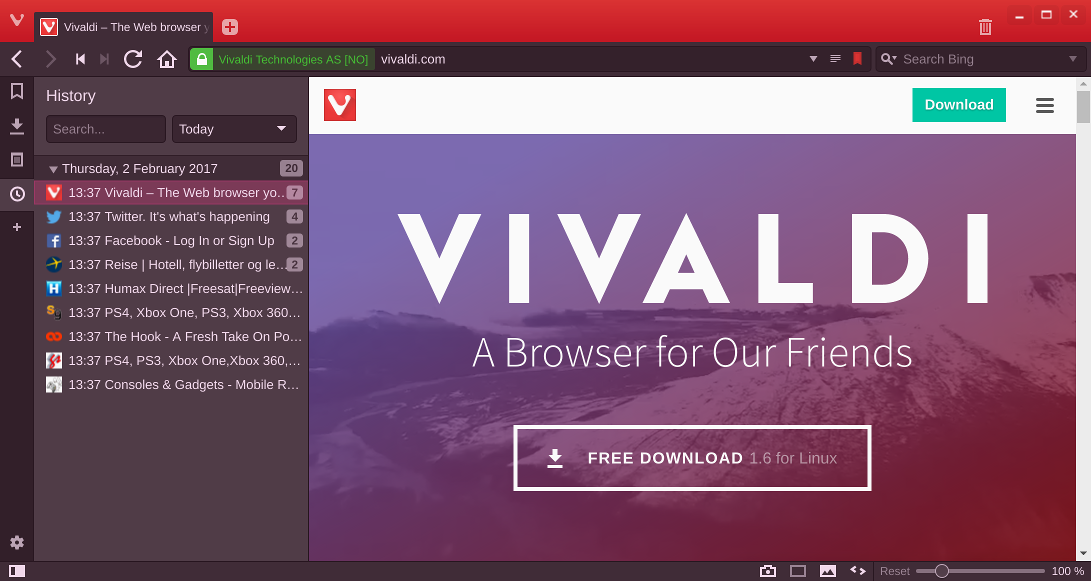HowTo export e-book annotations from Kobo eReaders (on Linux)
Reading is one of my big hobbies. And in the meantime, I also read non-fiction and scientific literature on my Kobo eReader. For me, one important part of reading and learning from non-fiction books is to make annotations. Kobo supports making highlights and annotations in ebooks. But the question is now, how to get them from the eReader for further usage or processing (and of course, on a Linux machine)?
Posted
#How To #Linux





